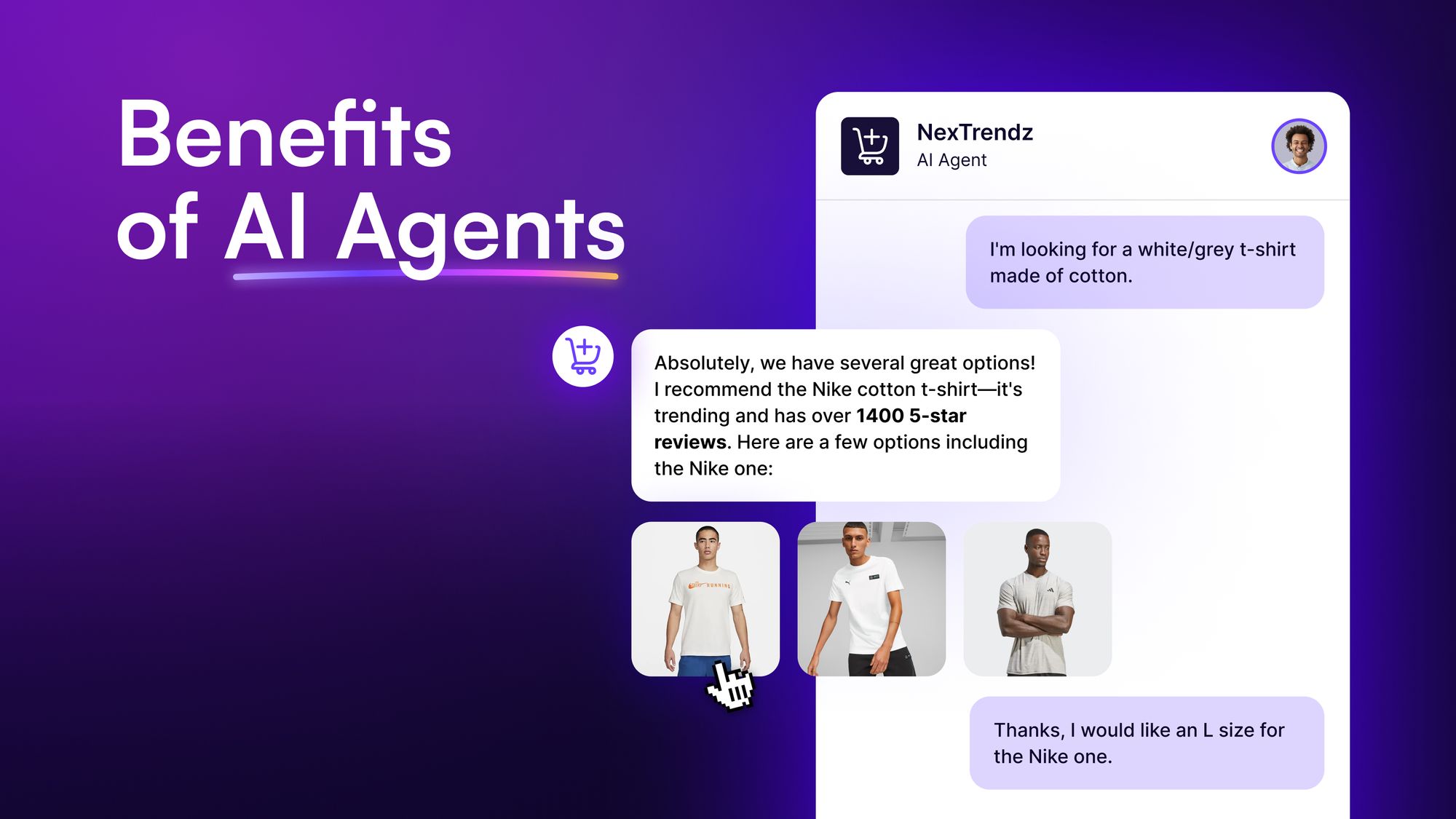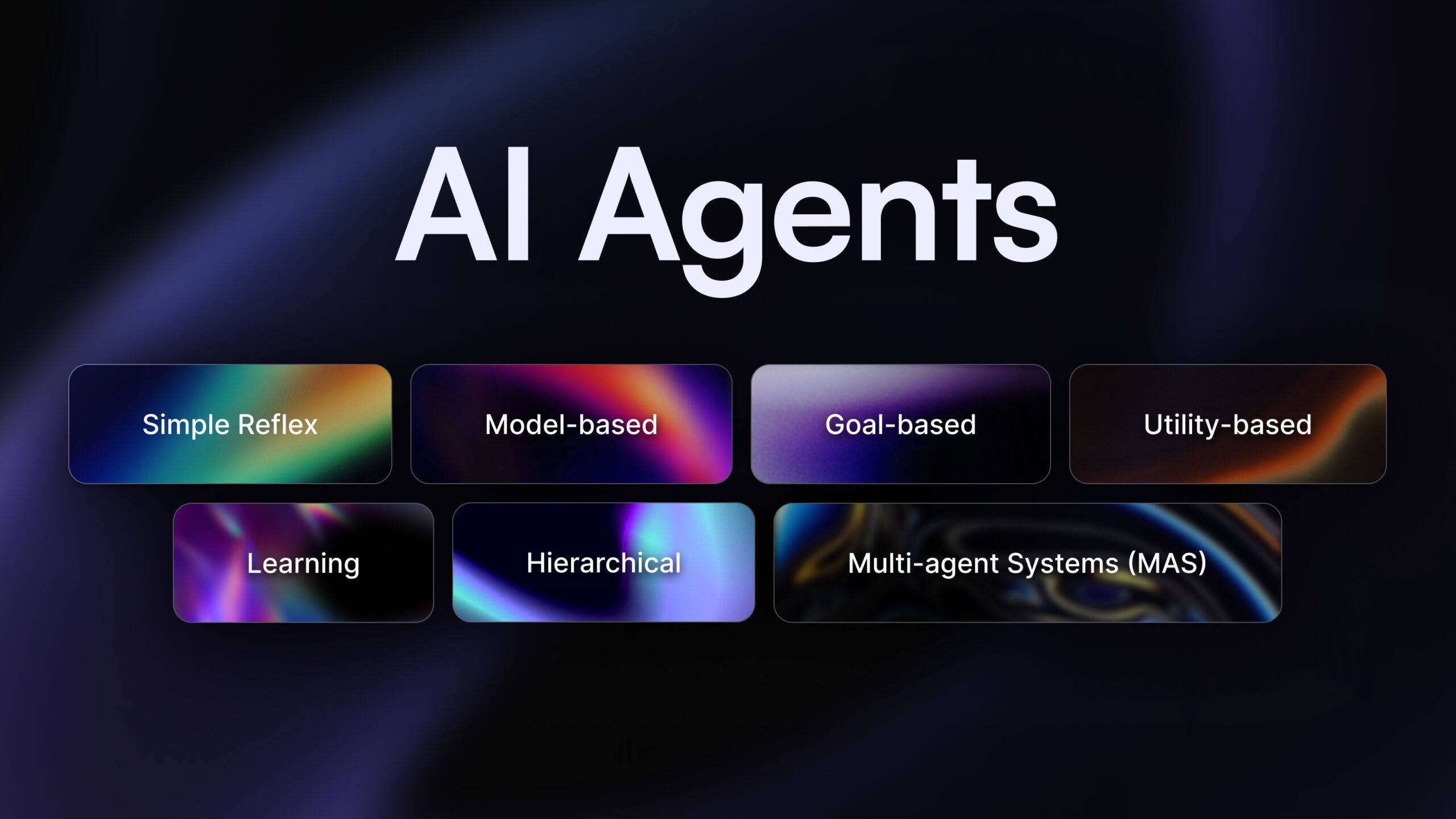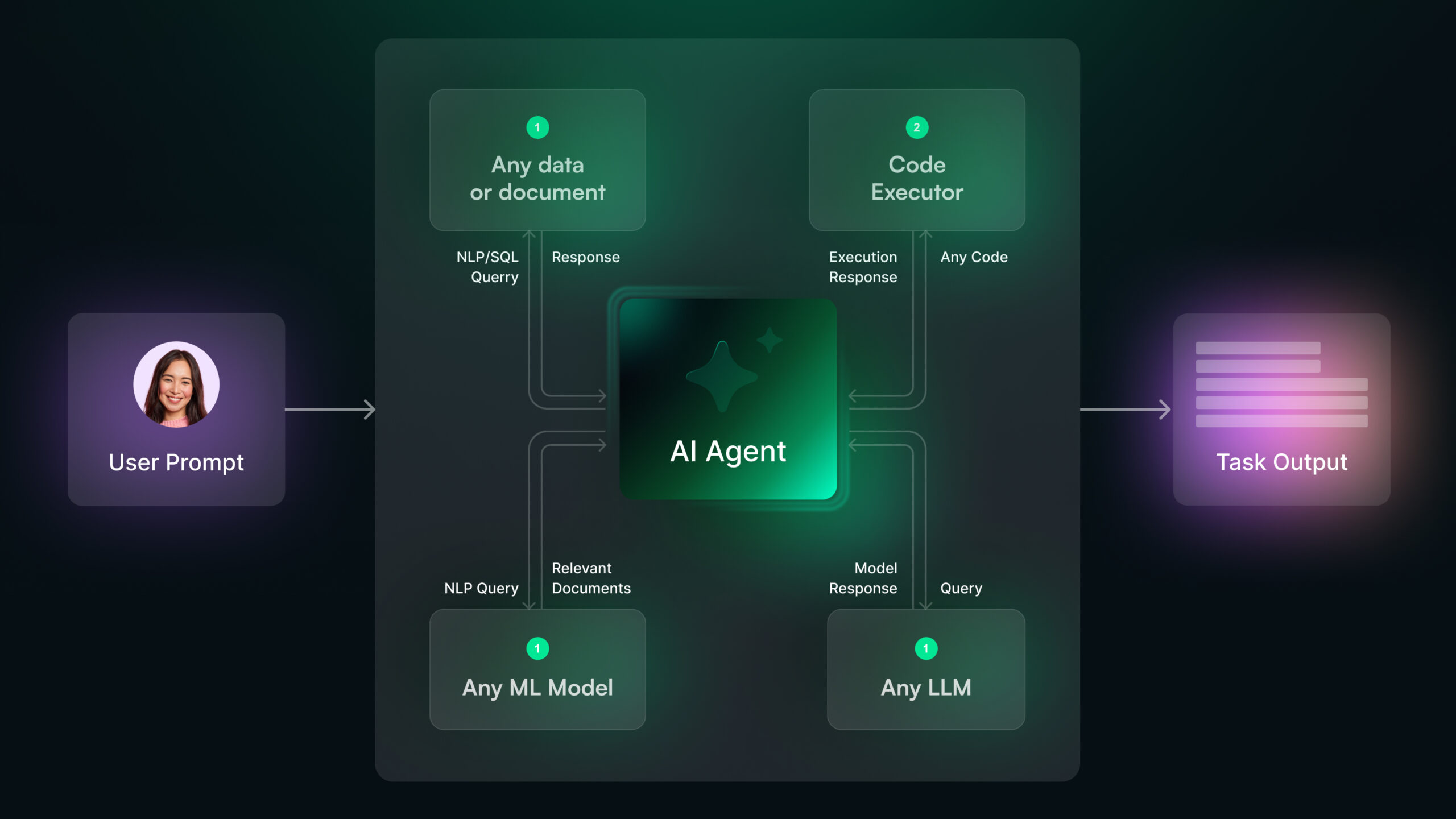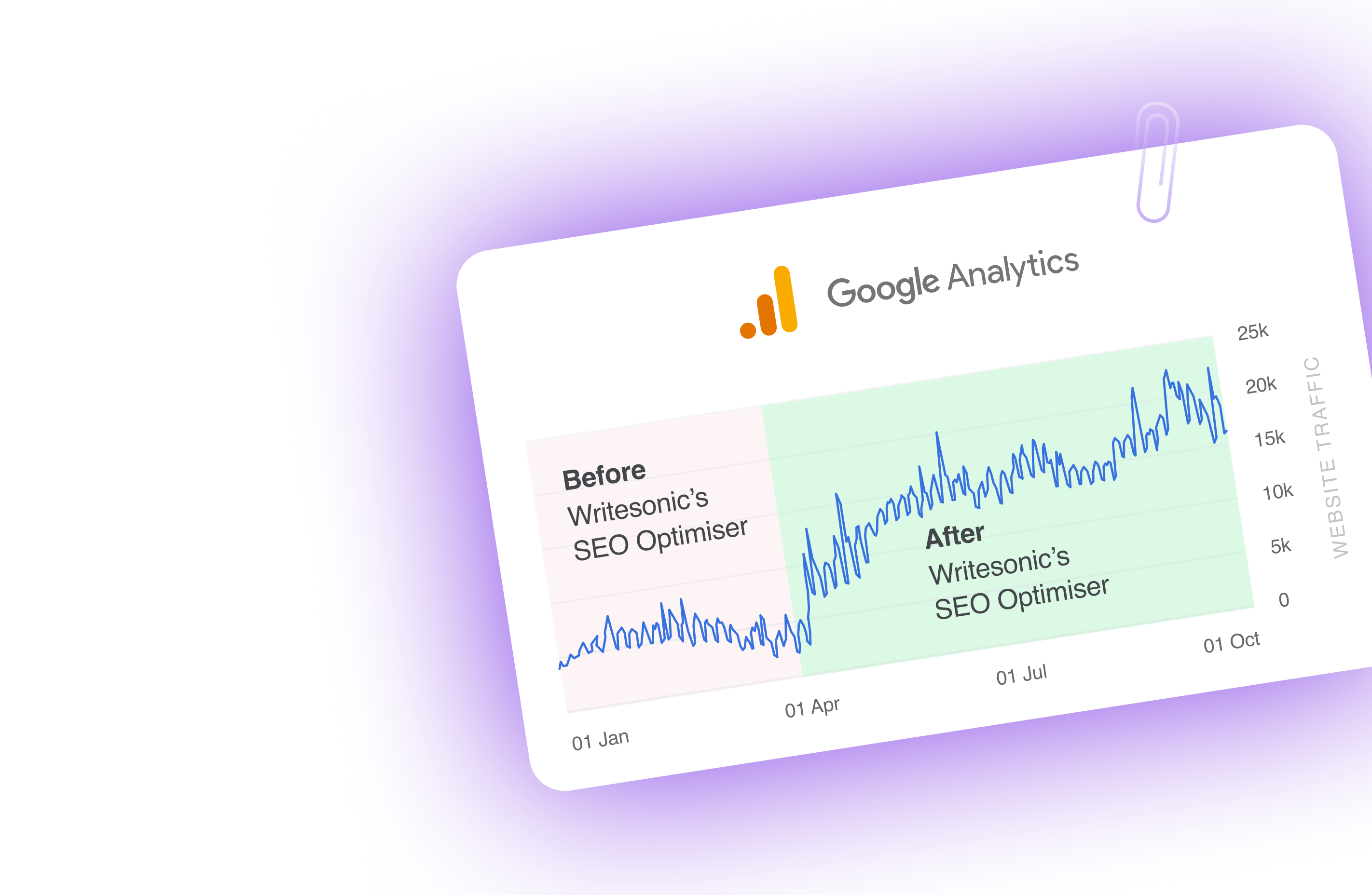Creating compelling blog posts that inform, engage, and rank well on search engines is no small task. It requires research, strategy, creativity, and technical know-how. But article writing AI agents are changing this.
But how do these tools work, and how can they benefit your writing process? More importantly, how do you use AI in a way that doesn’t compromise originality or readability?
In this blog, we’ll explore how AI agents specifically designed for blog writing can help you create outstanding articles.
You’ll learn actionable strategies, best practices, and insights for leveraging AI effectively—whether you’re an individual blogger or part of a larger content team.
Benefits of using article writing AI agents
AI blog writing tools are no longer a novelty—they’re quickly becoming essential.
Whether you’re a solo blogger or a part of a content team, artificial intelligence offers practical advantages that directly impact your productivity and content quality.
Here’s how you can benefit from AI article-writing agents:
1. Save time and increase productivity
Creating a single high-quality blog post can take hours, especially when you factor in research, drafting, editing, and AI SEO writing. AI agents drastically reduce that time.
For instance, AI writing platforms can generate a detailed blog outline in seconds or produce a 1,000-word draft in minutes. According to a PwC report, businesses that incorporate AI into their workflows report a 20–40% improvement in productivity and business ROI.
By automating repetitive tasks, AI lets you focus on content strategy and creativity.
For example, with AI content writing agents, you get more time to focus on key marketing operations, like tapping into your performance metrics and planning ahead.
2. Ensure consistent quality and tone
Maintaining a consistent tone of voice is critical for building brand identity. AI writing agents can analyze your previous content to replicate your style, ensuring every blog aligns with your brand’s personality.
For example, Chatsonics allows you to input your writing samples through links, PDFs, and other files. Then it generates results by mimicking your tone, making it nearly indistinguishable from human-written content.
3. Improve SEO performance
Search engine optimization is non-negotiable for blog success. AI SEO agents like Chatsonic can streamline SEO-related tasks by:
- Identifying high-performing keywords.
- Suggesting optimal content structures.
- Automating metadata creation.
Chatsonic integrates with Writesonic’s AI Article Writer and SEO tools like Ahrefs to optimize your content to rank higher on search engine results pages (SERPs).
4. Overcome writer’s block
Staring at a blank page can be frustrating, especially when deadlines are looming. AI tools offer a solution by providing instant suggestions, whether you’re stuck on a headline or need ideas for an entire blog.
In fact, 60% of marketers struggle with coming up with new content ideas. AI solves this problem by analyzing trending topics, popular search queries, and audience interests to generate unique ideas tailored to your niche.
5. Generate data-driven insights
AI tools don’t just write; they also analyze and conduct research.
For example, Chatsonic can integrate with analytic tools like Google Search Console and conduct real-time web search to provide data on what topics resonate with your audience, which formats perform best, and what keywords drive the most traffic.
This ensures your blog strategy is based on facts, not guesswork.
6. Lower content production costs
AI tools can significantly reduce costs for businesses producing large volumes of content. Instead of hiring multiple writers or outsourcing, a single AI tool can handle much of the workload.
In fact, AI marketing agents are predicted to reduce marketing costs by 30% by 2025.
While these tools don’t replace human creativity, they complement it, offering a cost-effective way to scale content production.
For example, a startup or a marketing agency that needs to produce weekly blog posts but lacks a full-time content team can rely on AI article writing agents to generate blog outlines, create drafts, and optimize content for SEO—all within hours.
This enables them to maintain a regular publishing schedule, all while keeping costs to a minimum. Moreover, with multi-agent AI tools like Chatsonic, small content teams can reduce their dependence on multiple tools as this platform streamlines end-to-end marketing workflows.
💡 Learn more about: Top 7 Benefits of AI Agents With Examples and Use Cases
How Chatsonic’s AI agent can enhance article writing
Chatsonic, with its advanced capabilities, stands out as a powerful article-writing AI agent. This intuitive ChatGPT alternative goes beyond your average AI chatbot capabilities.
It acts as a comprehensive solution designed to streamline every aspect of blog writing.
From content ideation, research, SEO optimization, blog drafting, and publishing, Chatsonic completely automates AI content writing workflows while ensuring they remain factual, engaging, and impactful.
Here’s a closer look at what Chatsonic offers to enhance your article-writing process:
1. Seamless integrations with industry-leading tools
Chatsonic integrates seamlessly with platforms like Ahrefs, Google Search Console (GSC), and Keywords Everywhere. These integrations provide access to real-time data, allowing you to:
- Identify high-performing keywords to target.
- Analyze competitor content for gaps and opportunities.
- Track search volume, keyword difficulty, and trends without switching platforms.
This means you can base your article writing on solid, data-driven insights rather than guesswork.
For example, using Ahrefs data directly within Chatsonic lets you identify content gap opportunities your competitors might already be leveraging or suggest missing keywords in your existing content.
2. Real-time web research
One of Chatsonic’s standout features is its ability to perform real-time web research.
Unlike static AI chat models, which rely on pre-fed information, Chatsonic pulls up-to-date data from the web. This ensures that your AI-generated blog posts are accurate, current, and highly relevant.
For instance, if you’re writing about a fast-evolving topic like “AI agent coins,” Chatsonic provides insights based on the latest industry developments. This helps you create timely content that resonates with readers and aligns with search intent.
3. Factually accurate content creation
A common challenge with artificial intelligence is ensuring the accuracy of the information they generate–commonly known as AI hallucinations.
Chatsonic addresses this by fact-checking its outputs against authoritative sources. Whether you’re writing a detailed blog post about the latest AI agent trends or conducting keyword research, Chatsonic will only present you with fact-checked and reliable information with sources.
4. End-to-end workflow management
Chatsonic simplifies article writing by covering the entire workflow:
- Ideation and topic research: Generate content ideas based on audience interests, trending topics, and search data.
- Outline creation: Produce well-structured outlines with clearly defined headings and subheadings based on competitor research and keyword optimization.
- First drafts: Create long-form, SEO-optimized drafts in minutes that are adapted to your own writing style or brand voice.
- SEO optimization: Leverage keyword and topic suggestions and meta-tag optimization for better SERP rankings.
- Editing, proofreading, and publishing: Enhance readability with grammar checks, tone analysis, and format suggestions. Publish directly within Chatsonic through WordPress integrations.
This end-to-end approach allows bloggers and businesses to manage their content creation seamlessly without juggling multiple tools or spending hours on manual adjustments.
5. Natural tone and customizable output
One of the biggest challenges with AI-generated blogs is achieving a natural, human-like tone.
Chatsonic solves this by analyzing your brand’s writing style and mimicking it. You can customize the tone, formality, and voice to match your audience’s preferences, ensuring your AI-generated blog posts feel personal and authentic.
6. Tailored for SEO success
As an AI blog post writer, Chatsonic is designed to prioritize SEO at every stage. Its built-in tools and integrations allow you to:
- Identify long-tail keywords that align with your content goals.
- Optimize for search intent by analyzing SERP trends.
- Generate metadata, such as compelling title tags and descriptions, that boost click-through rates.
Additionally, the tool highlights opportunities for internal linking, helping you create a cohesive content strategy that enhances user engagement and domain authority.
💡 Read more about: 10 Ways AI Agents Transform Content Optimization
5 ways to use a blog writing AI agent
Now that we’ve caught your attention on the benefits of Chatsonic and what it offers for article generation, let’s walk you through example use cases on how this intuitive content and SEO AI agent can automate your entire writing process end-to-end.
1. Ideation and topic research
What does your typical blog ideation or topic research process look like? Most likely, you probably rely on multiple marketing or SEO tools that help identify trending topics or keywords relevant to your niche.
However, this traditional brainstorming method is time-consuming and requires dependence on multiple platforms, which results in a lot of tool hopping and tab switching.
Let’s say you want to brainstorm about the latest trends in AI for an article.
For this, you’d probably open multiple tabs like Google Search for research, Google Trends to identify search interests, Ahrefs for keyword research, and maybe some competitor websites to see what they have covered.
Sounds overwhelming, right? Instead, with a multi-agent AI platform like Chatsonic, you can replace all of these tabs with just one tool.
Here’s how we were able to use Chatsonic to brainstorm about the latest AI trends for an article:
As you can see, the AI has conducted a detailed web search of the latest AI industry trends and presented topics related to the domain.
What makes this different from traditional AI chatbot outputs is that Chatsonic will only present you with the latest and fact-checked data through Google.
A common challenge with other chatbots like ChatGPT is that it may present you with outdated information and often presents you with preset criteria as it cannot conduct live web searches.
That’s why Chatsonic is perfect for content brainstorming and topic research, as it will present you with the latest data through Google.
So, after you’re done brainstorming, you’ll probably want to conduct some keyword research or topical analysis for your blog. Instead of relying on tools like Ahrefs or Google Trends, you can just ask Chatsonic to give you a list of relevant keywords for the topic you want to target.
For example, if you want to continue writing about “AI agents,” as suggested by Chatsonic in the above output, just ask the AI to present you with relevant keyword clusters to target for this topic:
As you can see, Chatsonic automatically does all the keyword research for you without any manual effort. Now you have a detailed report of keywords and topic clusters to target for your next article.
2. Outline generation
When it comes to creating a compelling blog, a well-structured outline can make or break your content quality and potential to rank for search engines. Of course, creating an SEO-optimized content brief for an article can be overwhelming without proper keyword analysis.
Chatsonic takes the guesswork out of this crucial first step, allowing you to focus on creativity rather than structure.
Here’s how Chatsonic automates the blog outline creation process while incorporating keywords and relevant headings that will rank for SERPs:
As you can see, not only did we receive a blog outline, but Chatsonic has also highlighted which keywords to include in each section based on research done using Ahrefs.
Chatsonic analyzes top-performing content in your niche with just a click and generates a comprehensive outline in seconds. This data-driven approach gives you a competitive edge right from the start.
3. Blog creation
With your outline in place, it’s time to turn it into a full-fledged blog post. Chatsonic makes this process smooth and efficient, allowing you to produce high-quality content in a fraction of the time it would take using traditional methods.
All you have to do is input your desired brand voice through sample links, files, or content guideline PDFs so the AI can generate an article that mimics your writing style.
Once Chatsonic analyzes your writing style, just specify your desired tone, target audience, word count, and any other specifications.
With these steps in place, here’s the output we received for our blog about “what are AI agents:”
4. SEO optimization
Creating great content is only half the battle; ensuring it ranks well in search engines is equally important. Chatsonic’s AI SEO agent helps you fine-tune your content for maximum visibility, giving you an edge in front of search engines.
For example, if you have an existing blog but notice it’s not ranking, you can ask Chatsonic to conduct an SEO audit for your content to see what’s missing, which keywords to include, etc.
The AI provides actionable suggestions to enhance your content’s search engine appeal and ways to naturally incorporate keywords into your content, including headers and meta descriptions.
This improves your search relevance through a data-driven approach.
Here’s how we asked Chatsonic to analyze one of our existing blogs on “How to Avoid AI Detection in Writing:”
As you can see, Chatsonic doesn’t just give you a list of keywords and topics to include in your blog. It also suggested actionable content strategies on exactly how to incorporate these keywords into the content.
You’ll also notice that the platform conducts deep SEO research regarding the blog’s current performance in search engine results.
To take it a step further, you can also ask Chatsonic to give recommendations for internal and external links to boost your content’s authority and improve your site’s overall structure.
Or, you can ask it to optimize your content for featured snippets.
Using Chatsonic’s SEO agent, you’re not just guessing what might work – you’re making data-driven decisions that can significantly impact your content’s visibility and reach.
5. Editing, proofreading, and publishing
Finally, with your blog draft ready, you can’t forget about a final edit and proofreading.
Chatsonic can examine your content from multiple angles – checking grammar, enhancing style, maintaining a consistent tone, verifying originality, and fact-checking data.
This can help you catch subtle errors and come across improvements that might slip past even the most careful human editor.
Apart from editing, Chatsonic’s WordPress integration removes the hurdles of publishing, letting you move from the final draft stage to live content quickly and accurately.
The platform also supports content generation in over 30 languages so that you can target your blogs to a global audience. Each translation maintains the original content’s intent and style, adapting to cultural nuances rather than just converting words.
Best practices to follow for using an article writing AI agent
Using an article writing AI agent is not just about pressing ‘generate’ and hoping for the best. To get truly valuable content, you need to approach it strategically.
Here are some best practices that can help you make the most of AI for article writing:
1. Learn how to create the perfect prompts
Instead of just throwing in a topic and expecting magic, learn how to write prompts that guide AI like a content strategist would.
Specify the tone, target audience, writing style, structure, word count, and provide samples for further clarity.
For example, instead of saying, “Write an article about remote work,” try, “Write a detailed, data-driven analysis of how remote work impacts productivity, including statistics, expert insights, and counterarguments.”
The more nuanced your prompt, the better your AI’s performance.
2. Fact-check for accuracy
AI tools generate content based on patterns, not verified facts. So always cross-check data, statistics, and references before publishing to maintain credibility.
But if you’re looking for an AI chatbot platform that provides verified, fact-checked content, Chatsonic is a great alternative that avoids AI hallucinations.
3. Use AI to generate multiple angles, not just content
AI is great at ideation. Instead of just having it draft an article, use it to:
- Generate multiple headlines and hooks to A/B test engagement.
- Create different takes on the same topic (e.g., a contrarian viewpoint vs. a best practices guide).
- Suggest data-backed insights by asking it to generate potential industry statistics you can verify and use.
4. Incorporate human editing
AI can write, but it does not always structure content for maximum readability and engagement. After generating content using an AI blog writing agent, make sure you go back and make manual changes to make your content as authentic as possible.
For starters, ensure your AI-generated content has sentence variety so it does not sound robotic. Your content should also have internal and external links and images for more readability and engagement.
You should also adjust subheadings and paragraph lengths to make the article skimmable. Finally, you can run your content through an SEO optimizer to refine keyword usage and search intent matching.
5. Know when NOT to use AI
AI can generate content quickly, but there are times when human expertise is non-negotiable. For example, if you are covering topics that require absolute accuracy, like legal updates, medical advice, or financial regulations, AI may generate misleading or outdated information.
Another red flag is thought leadership. AI lacks personal experience and cannot provide unique insights or original perspectives. If the goal is to establish authority, human input is essential.
AI also struggles with creativity and emotional depth. If you need brand storytelling, persuasive writing, or case studies, AI’s structured but mechanical tone may not cut it.
An article-writing AI agent is a powerful tool for accelerating content production, but only when used with strategy and creativity.
If you treat AI as a collaborator rather than a content factory, you can produce content that is not just efficient—but also insightful, engaging, and brand-aligned.
Start writing with Chatsonic today!
Let’s be real—writing a great blog takes time. Between brainstorming, researching, drafting, optimizing for SEO, and making sure it actually sounds human, it is easy to get stuck in an endless cycle of content creation burnout.
Unlike other AI writing tools that spit out generic, robotic content, Chatsonic doesn’t just write—it thinks, researches, and adapts.
It pulls real-time data, integrates with SEO tools like Ahrefs, and even mimics your writing style so your content feels fresh, natural, and on-brand.
Whether you are dealing with writer’s block, trying to scale content production, or just want to make your life easier—Chatsonic has you covered.
Stop spending hours wrestling with blank pages and let AI help you create blog posts that are smarter, faster, and actually worth reading.
Try Chatsonic today and see the difference for yourself.


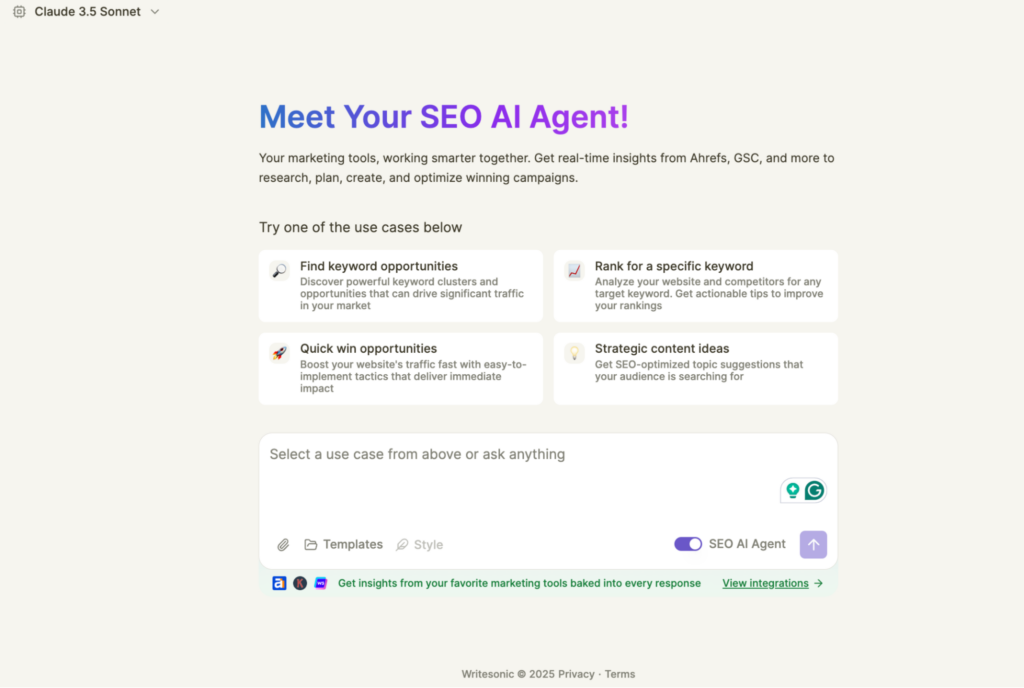
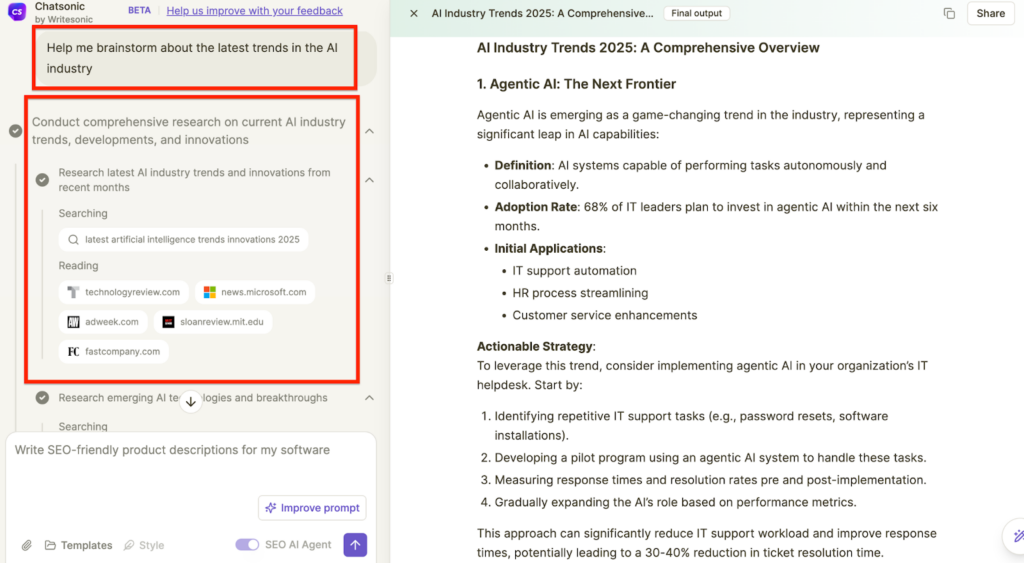
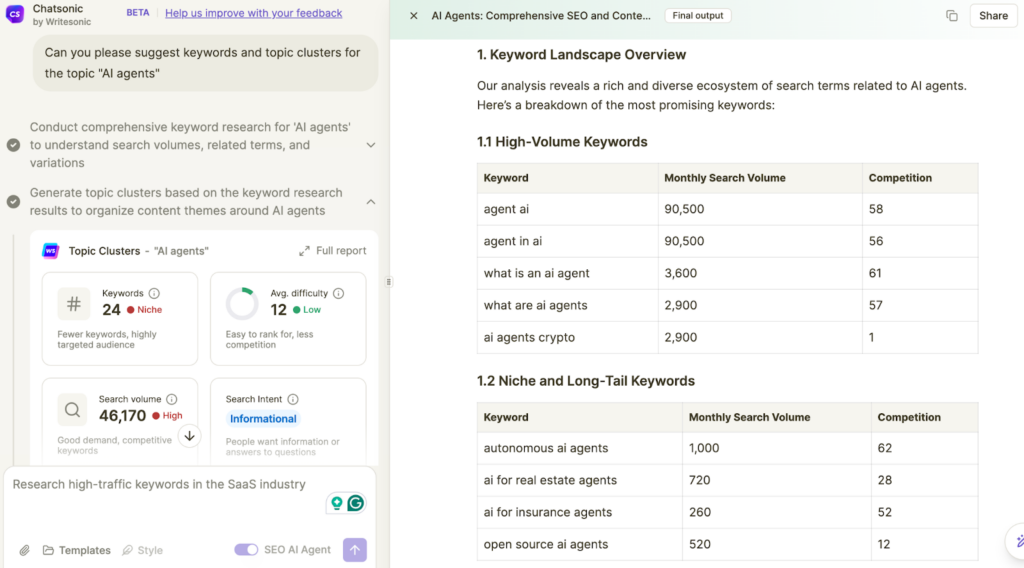
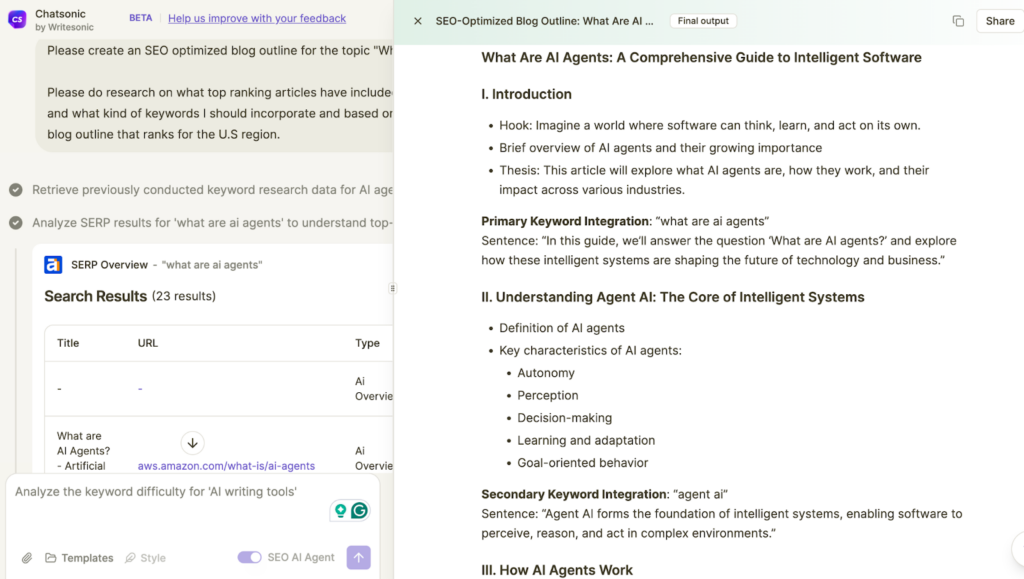
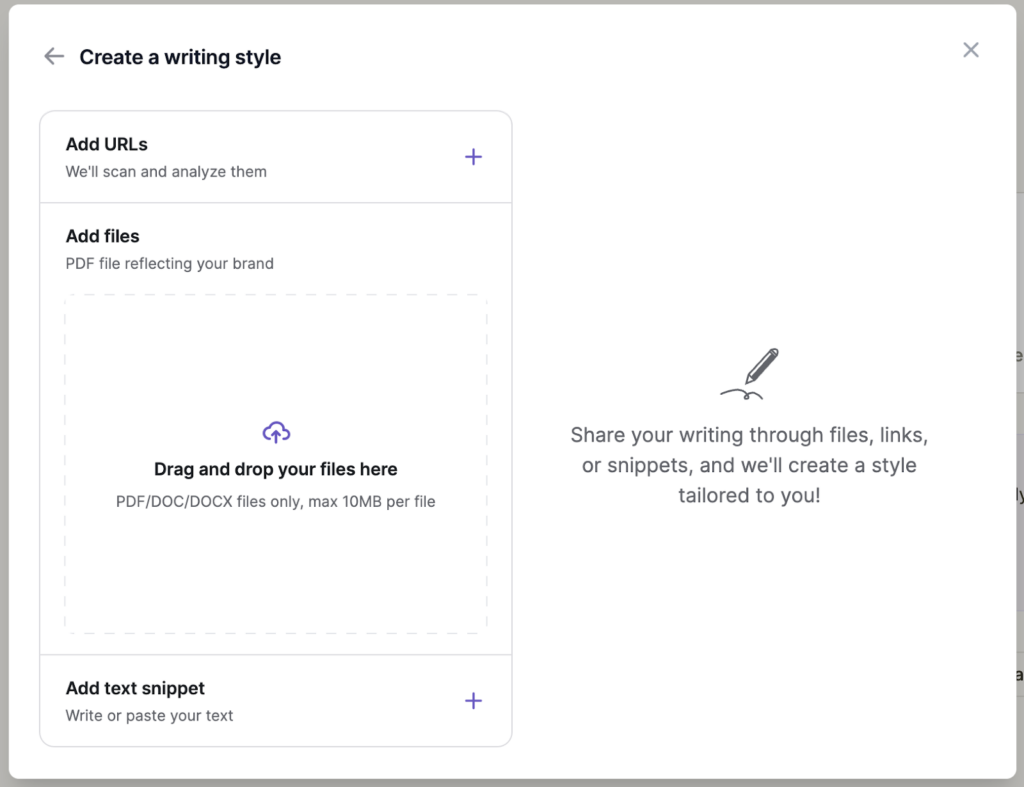
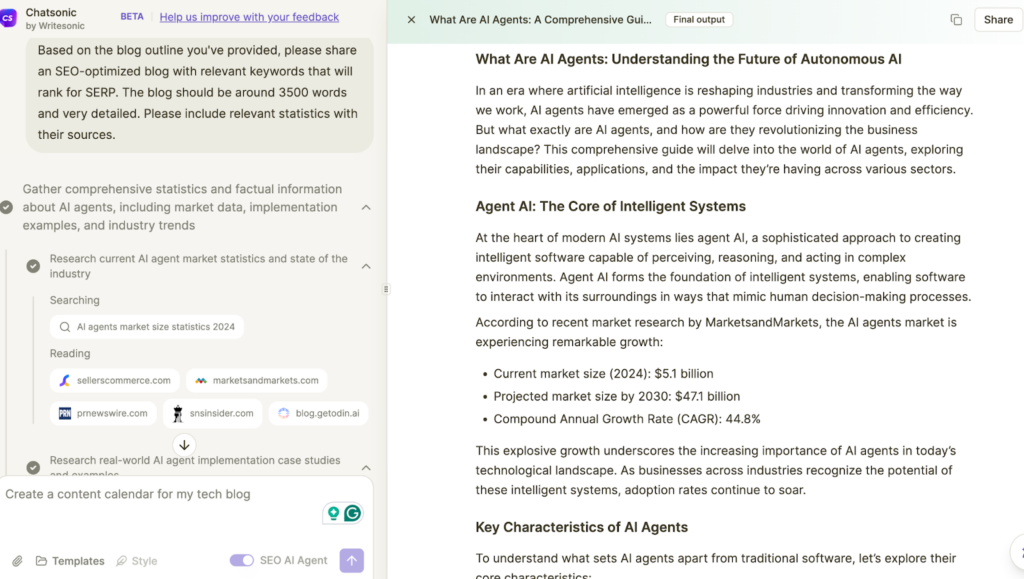
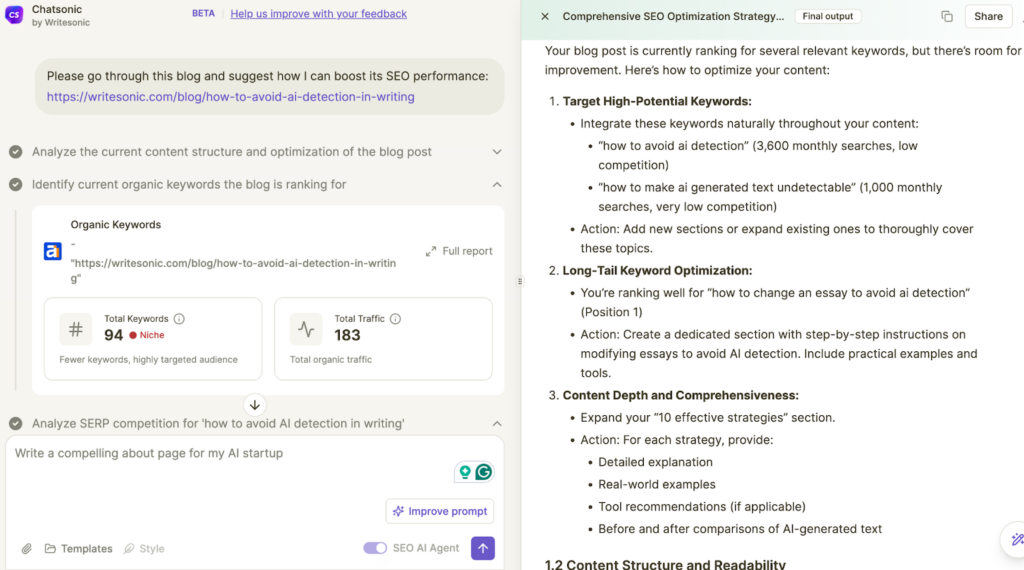
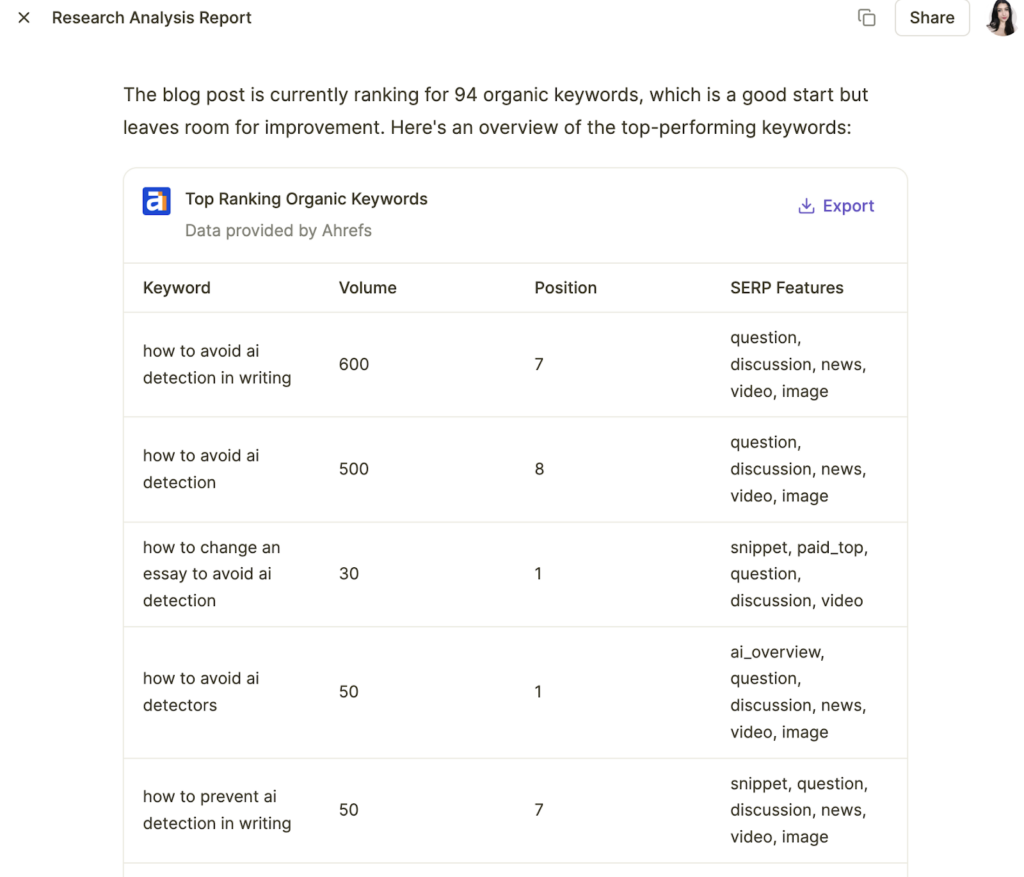
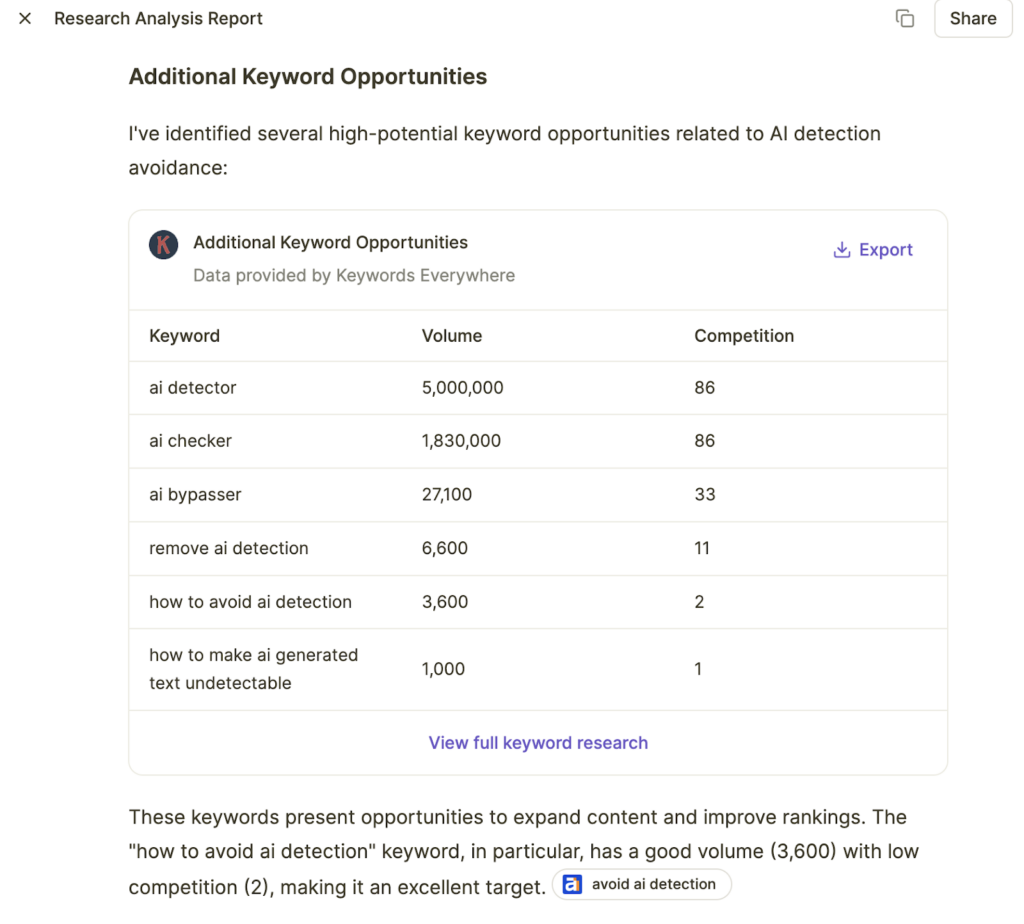
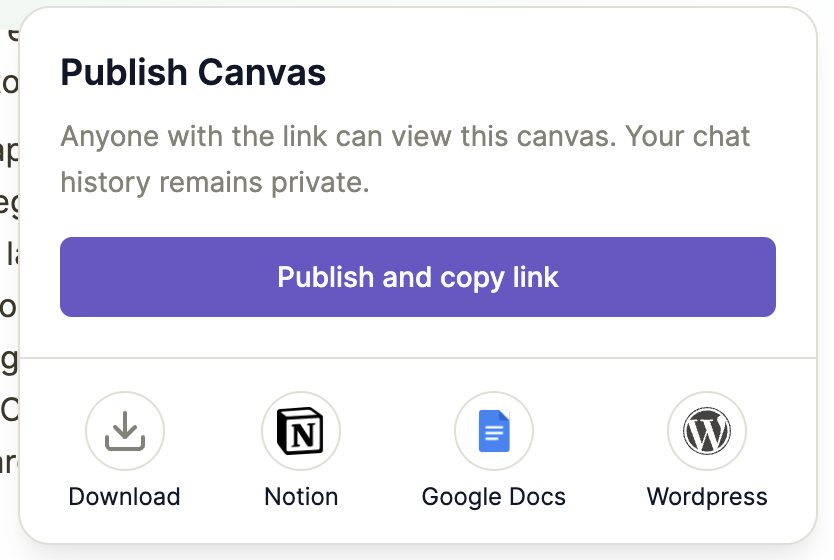

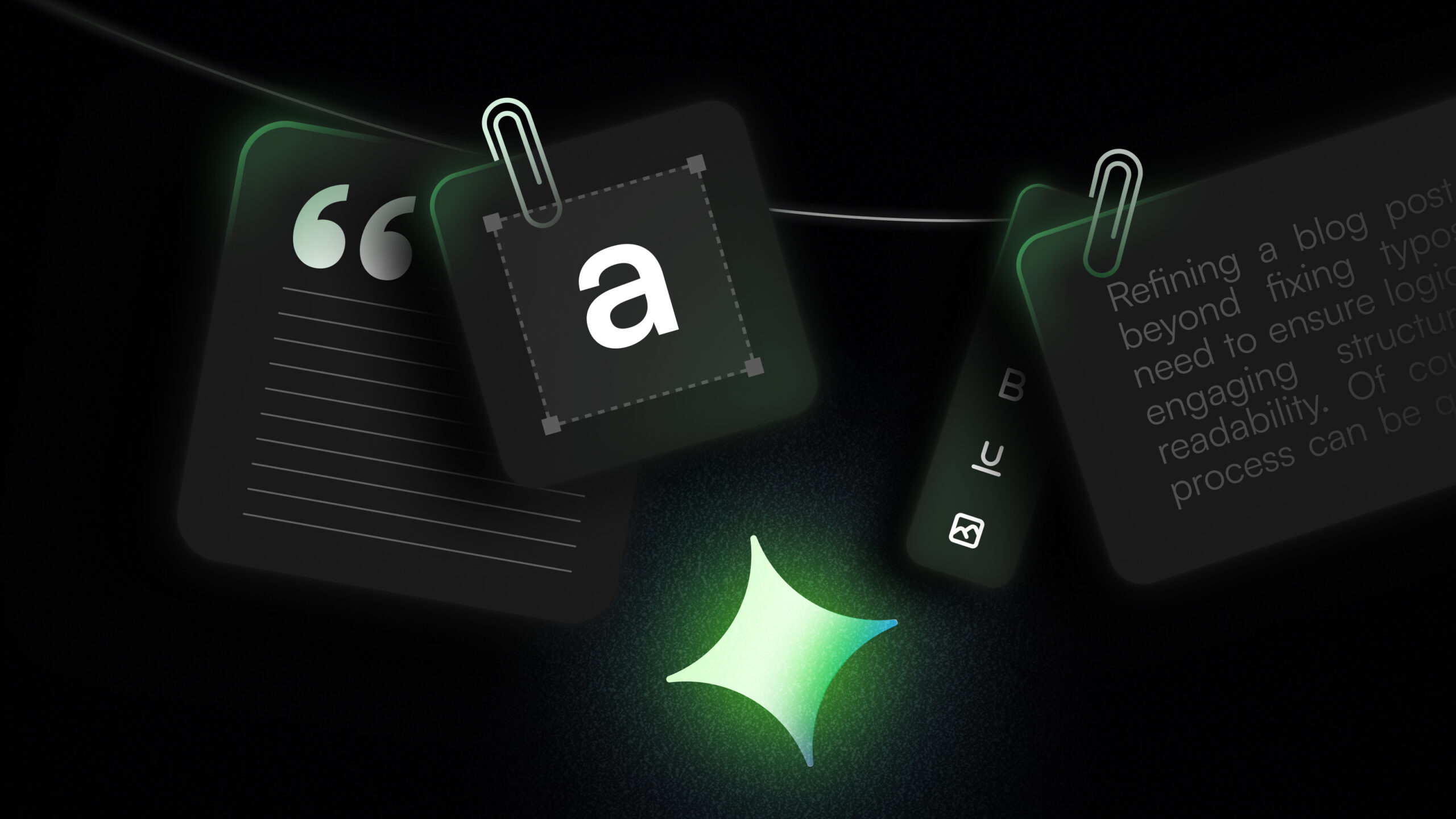

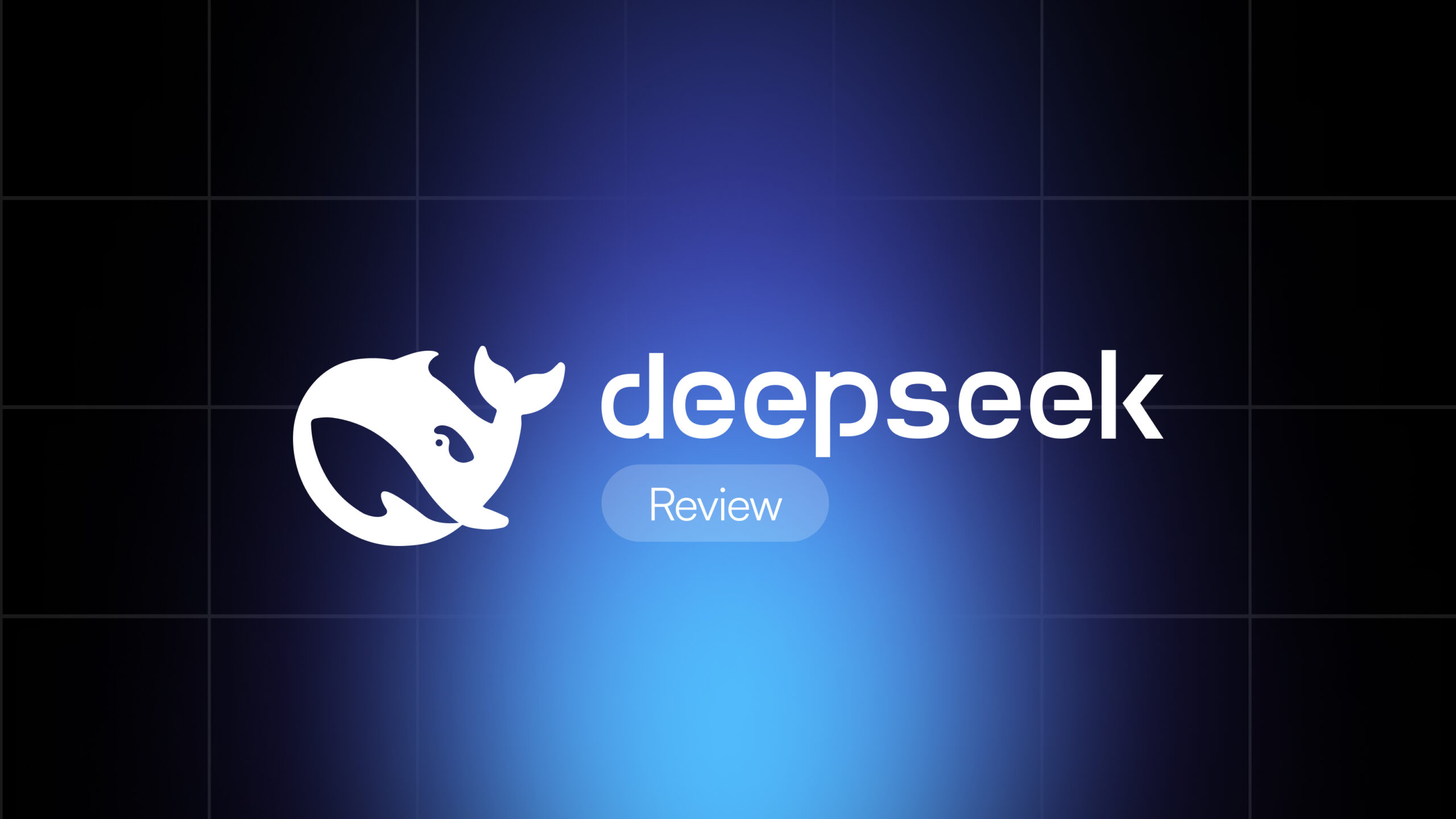


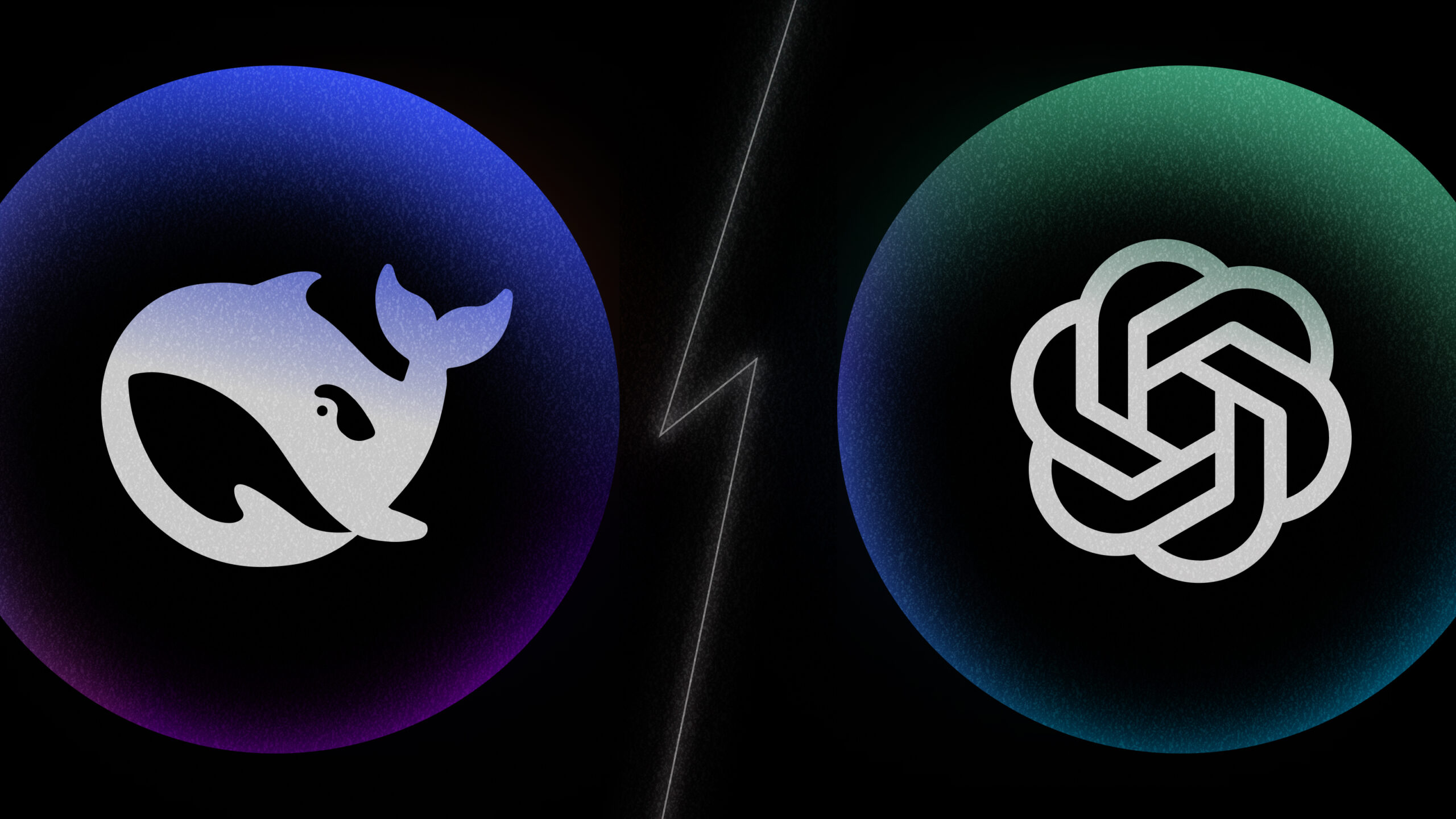

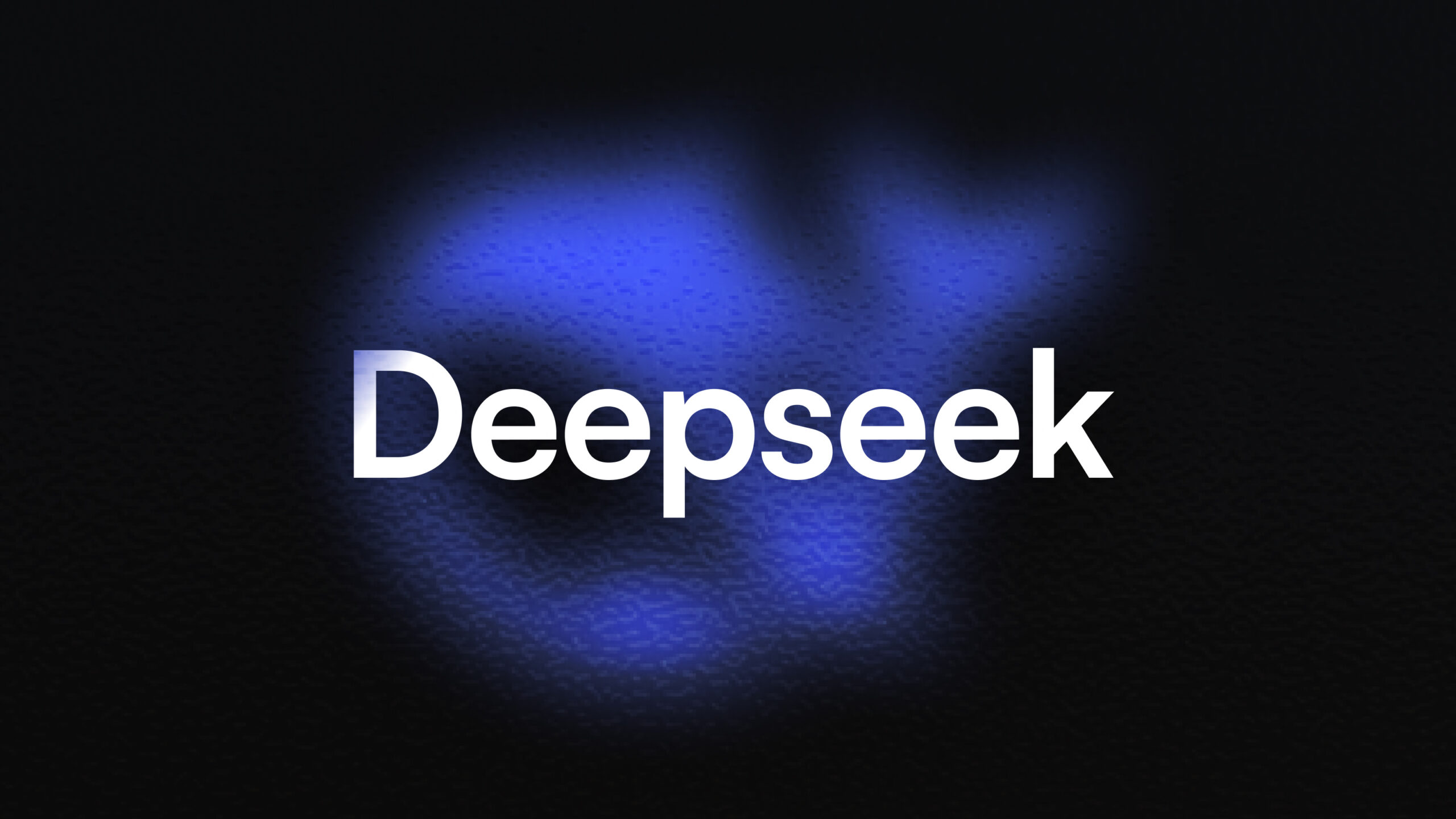
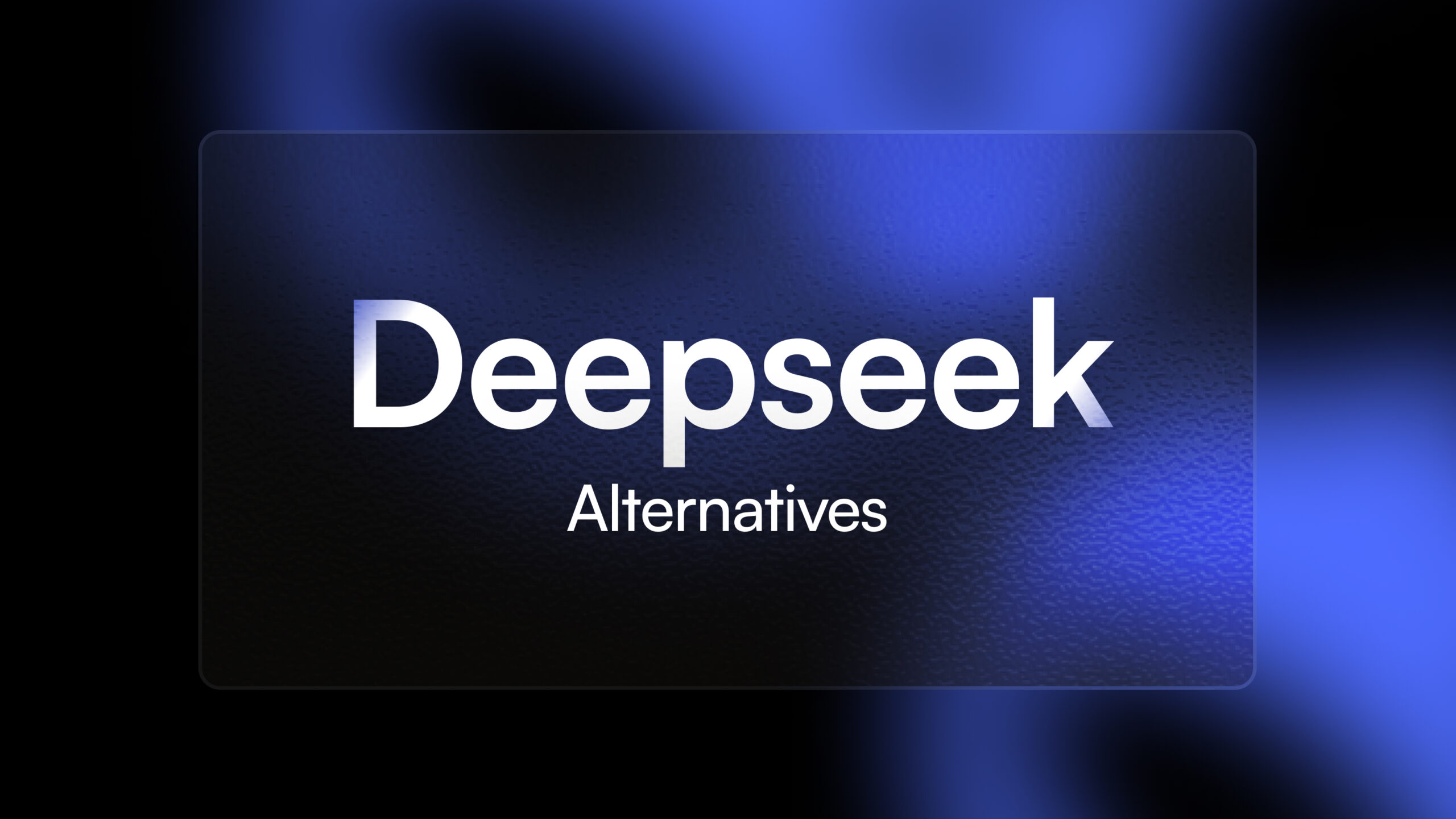


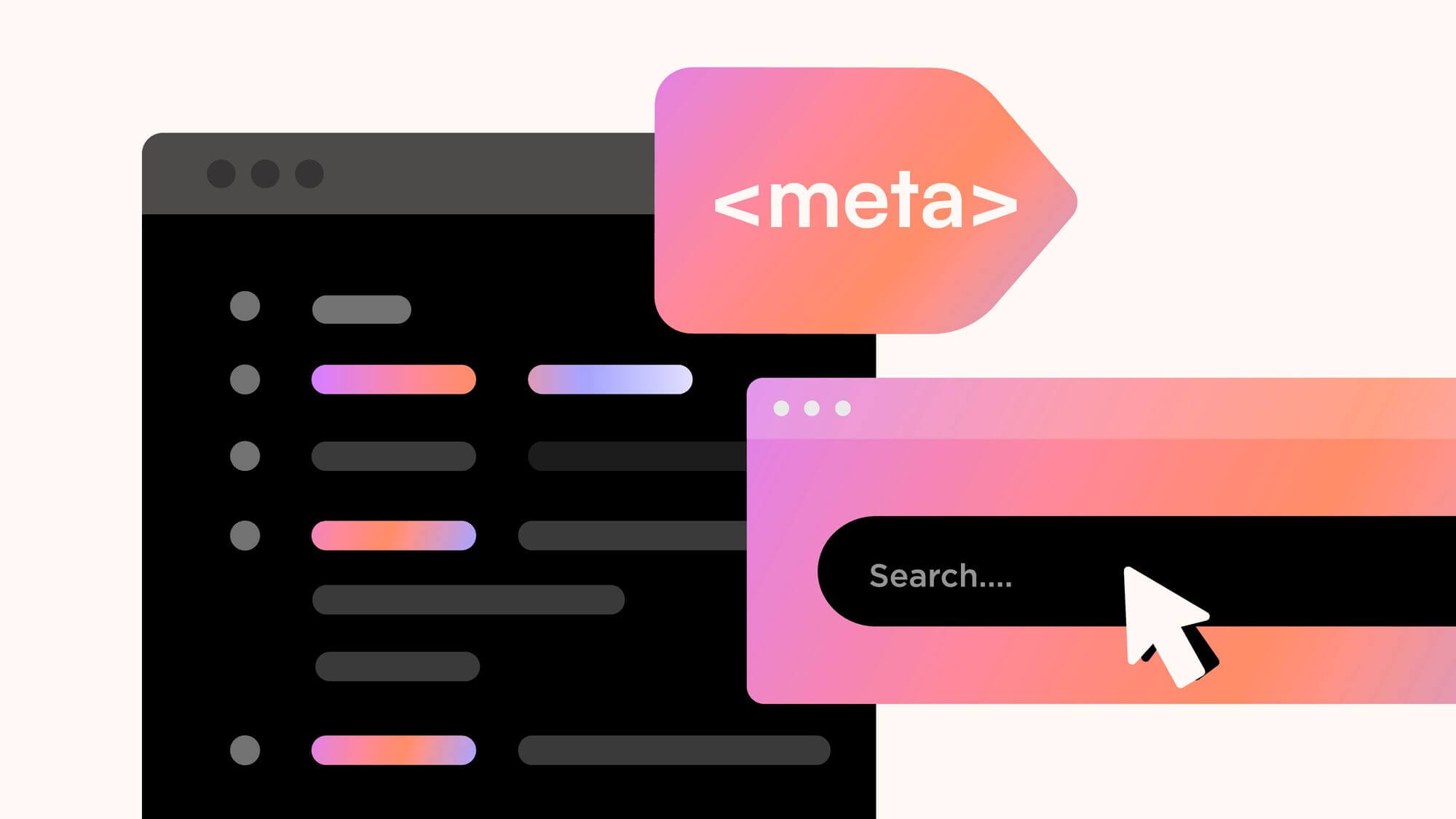

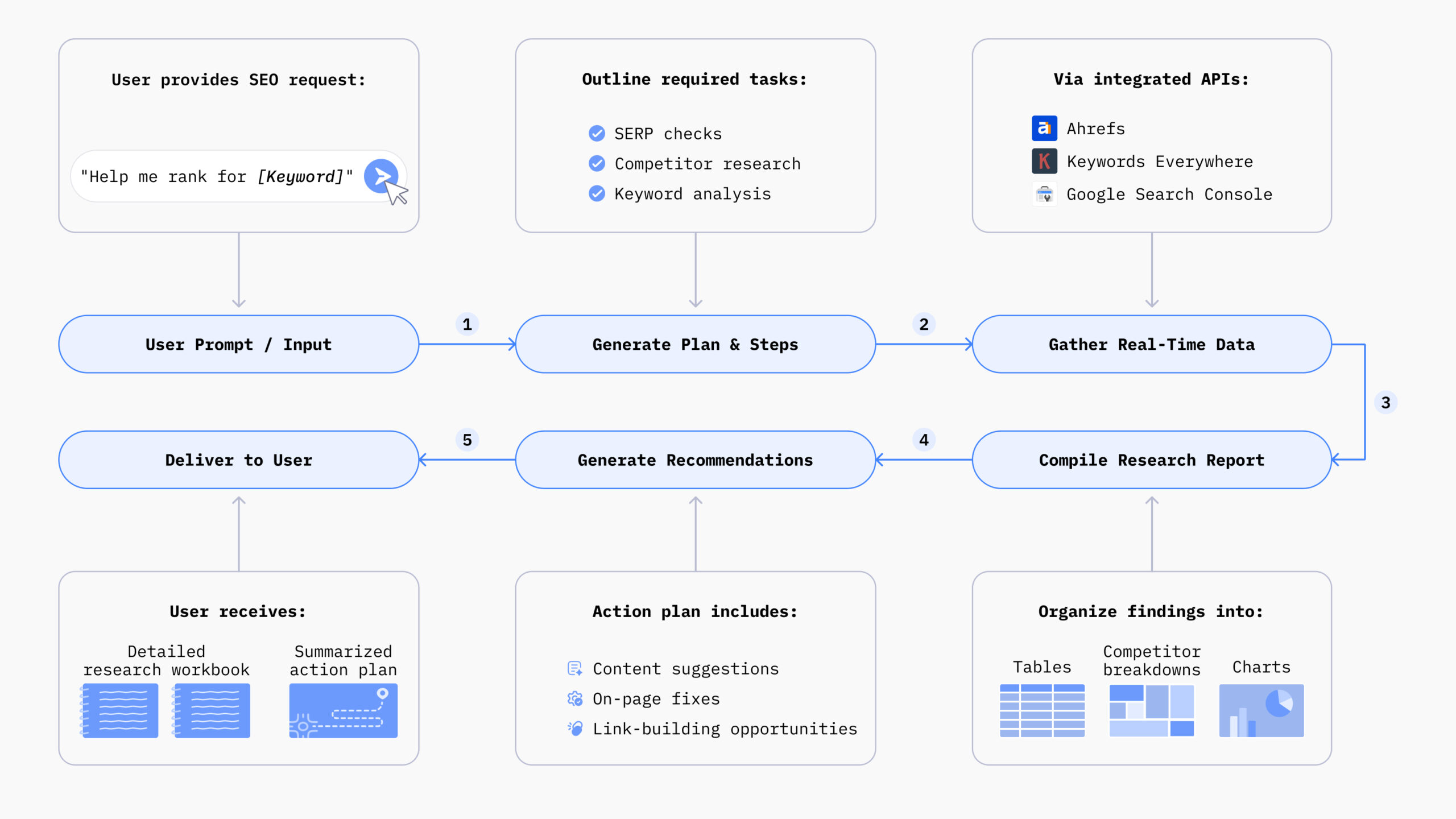






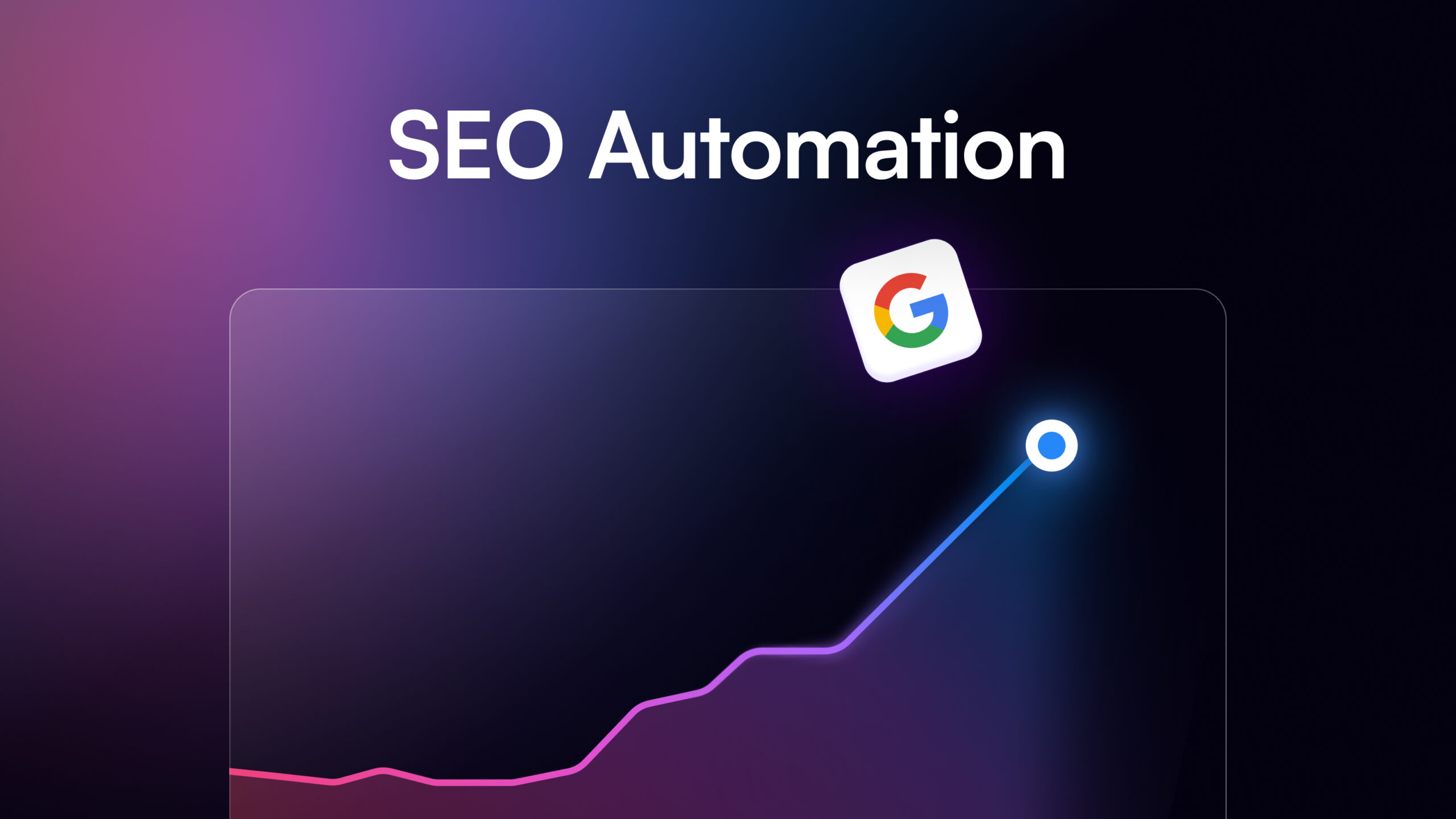



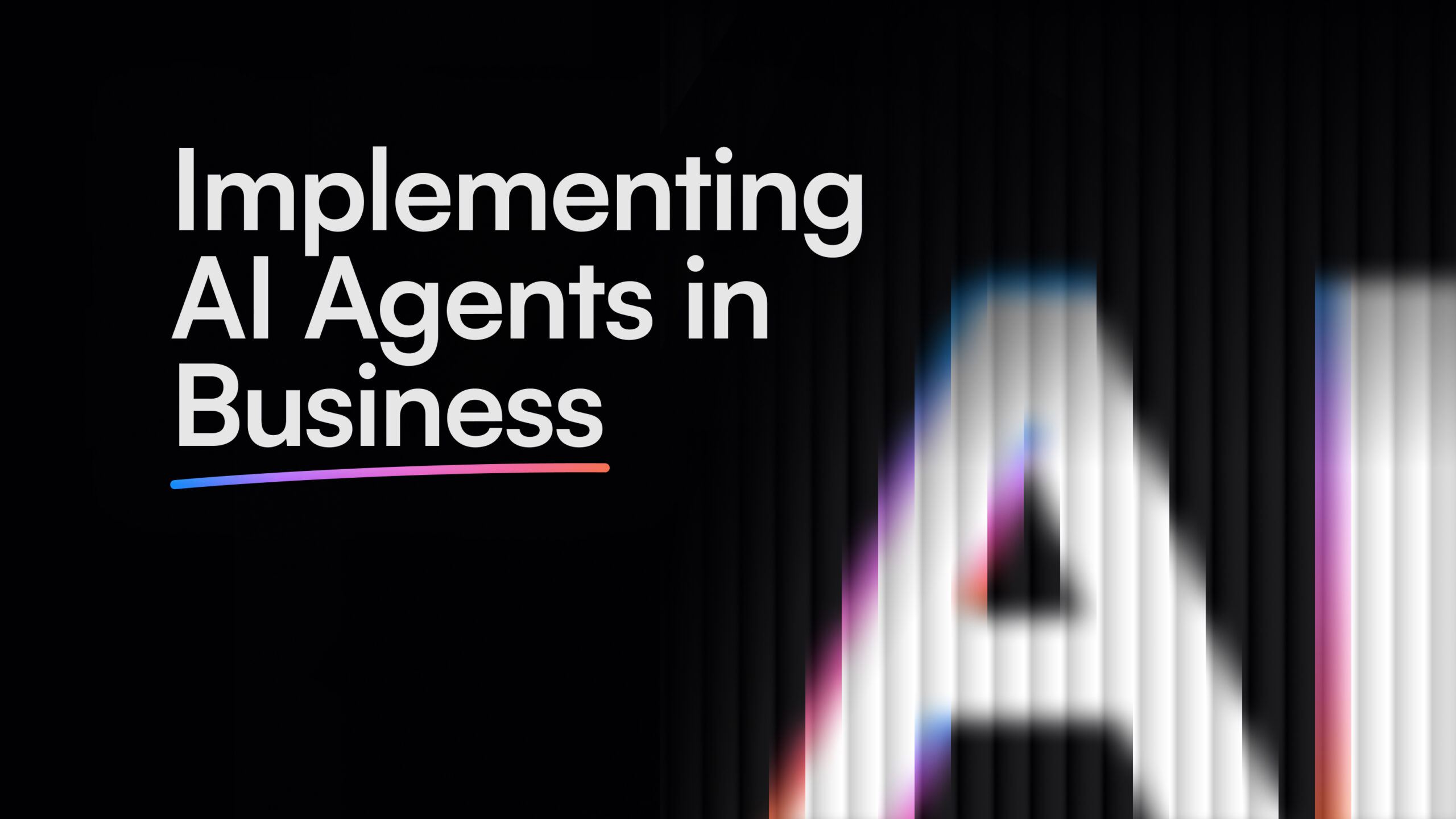


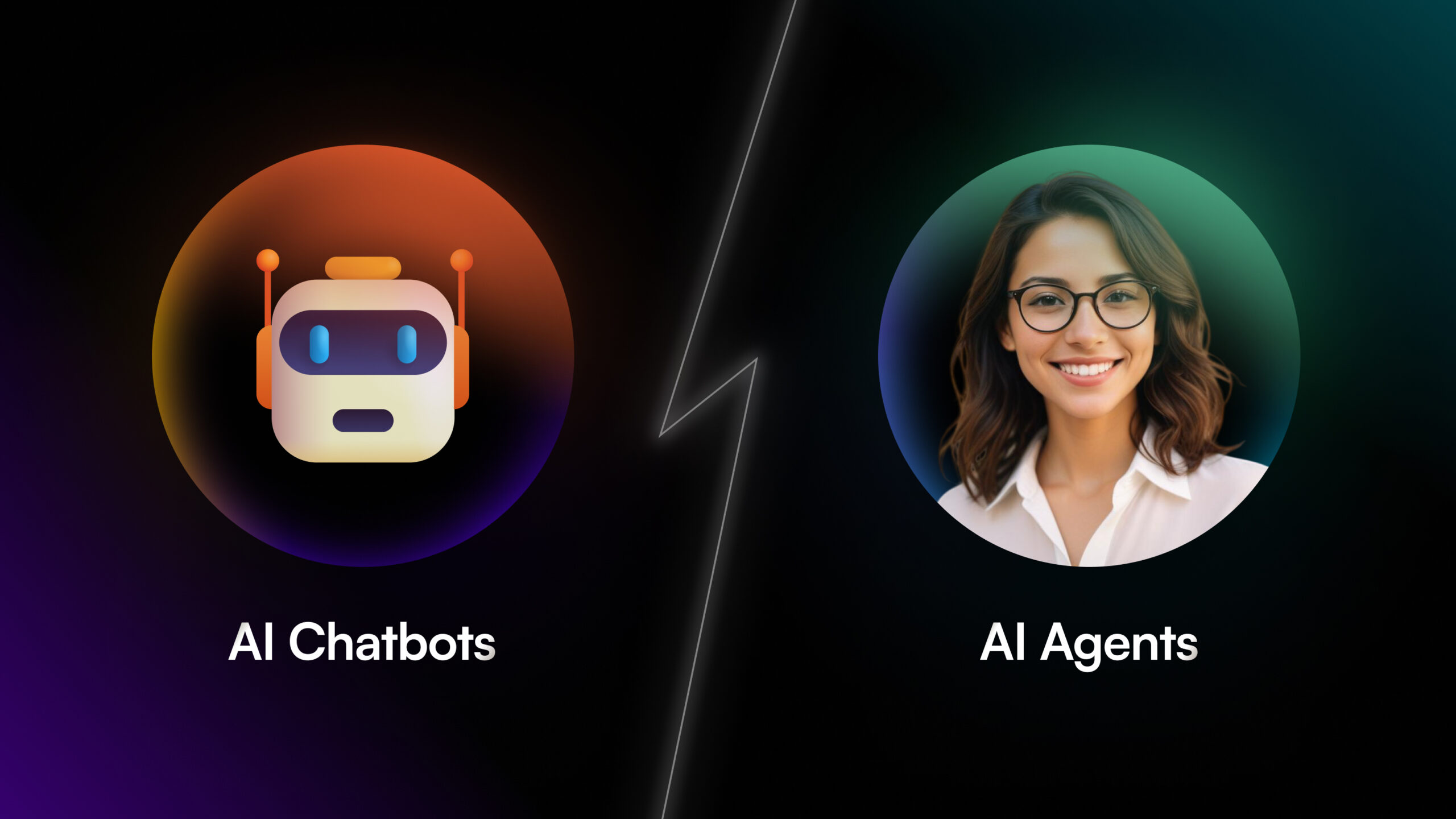


![How to Scale Your Business Using B2B AI Agents [+ Tools to Try]](/wp-content/uploads/B2B-AI-Agents-scaled.jpg)

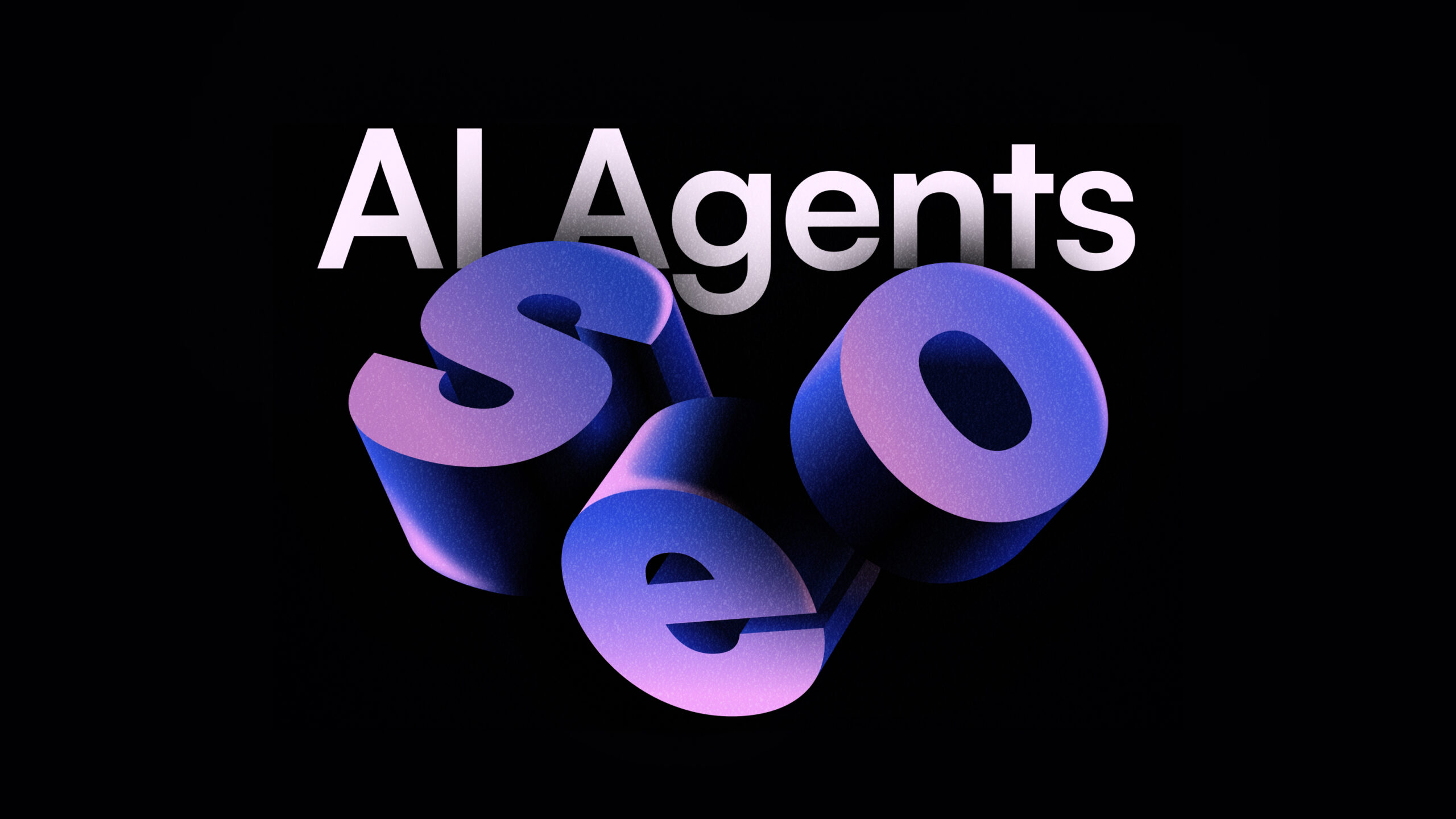
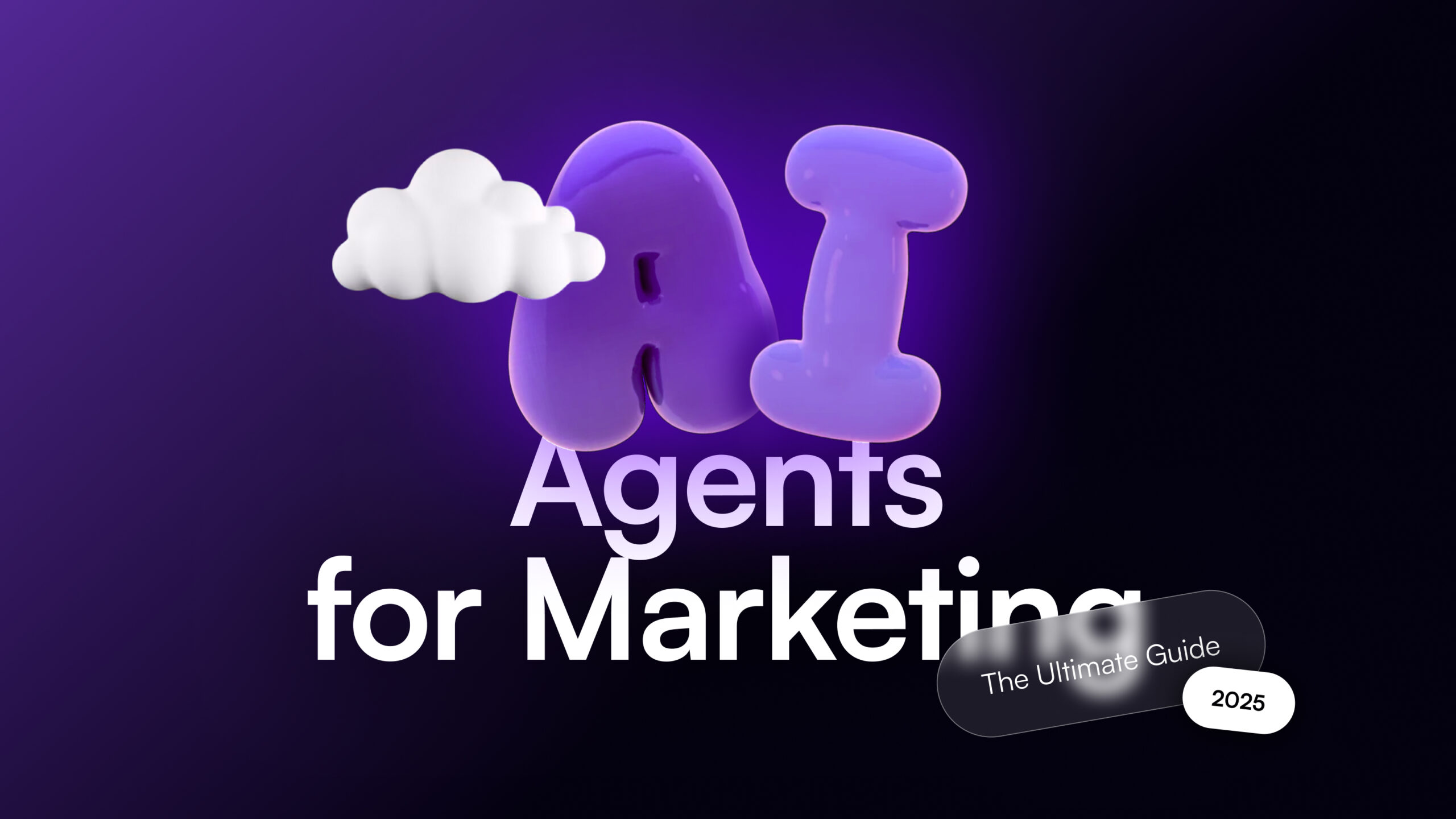

![40 AI Agent Use Cases Across Industries [+Real World Examples]](/wp-content/uploads/AI-Agent-Use-Cases-1-scaled.jpg)
